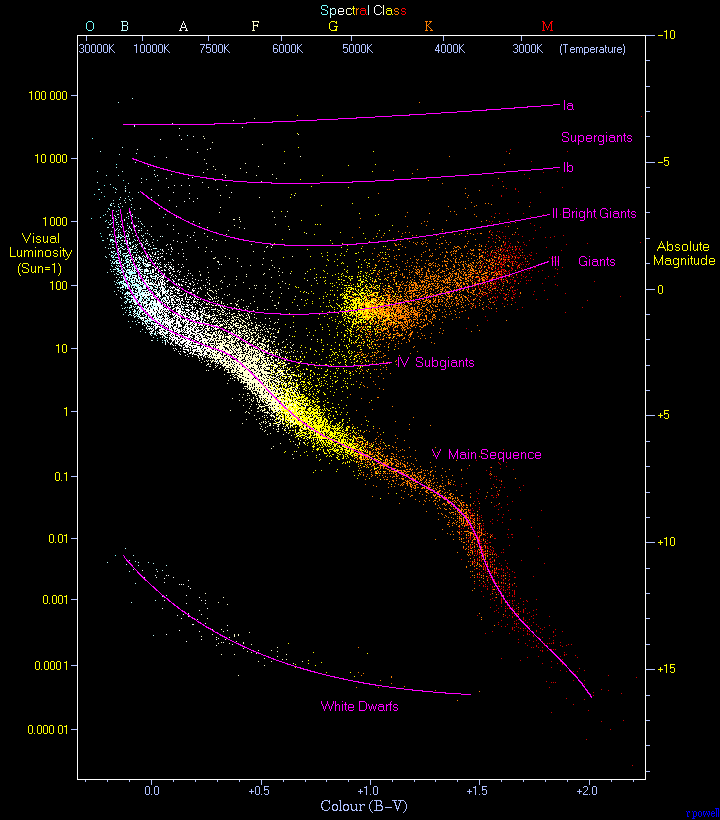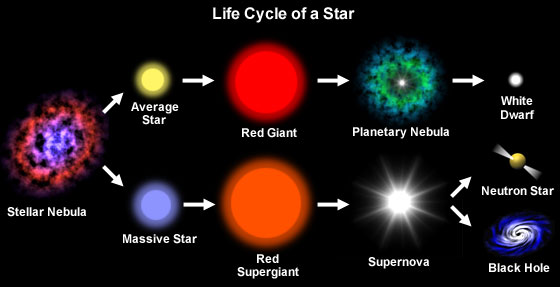Vocabulary
Seasons-(Temporadas) Divisions of earth that are marked by changes of climate, daylight,and ecology.
Axis-(Eje) An imaginary line that goes through earth which earth spins on.
Tilt-(Inclinar) A angle that earth have on its axis. 23.3 degrees.
Orbit-(Orbita) The path earth takes around the sun.
Revolution-(Revolucion) The movement of earth around the sun.
Ellipse-(Elipse) An oval shape orbit.
Direct Sunlight-(Luz del sol directa) When the sun rays hit earth straight in a line.
Indirect Sunlight-(Luz del sol indirecta) When the sun rays are hitting earth in an angle.
Equator-(Ecuador) The imaginary line in the middle that divides earth into 2 parts.
Hemispheres-(Hemisferio) The two parts of earth, Northern Hemisphere, and Southern Hemisphere.
Summer-(Verano) When the sun rays hit earth directly.
Fall-(Otono) When earth reaches one of the equinoxes, equal night and equal day. Tree leaves fall.
Winter-(Invierno) When the sun hits earth in a angle, causing less sunlight time.
Spring-( Primavera)When earth reaches the other equinox, 12 hours of day and 12 hours of night. Tree leaves begin to grow.
Summary
Seasons are 4 divisions of the year which are
Summer, Fall, Winter, and
Spring. They happen for various reasons. The earth
axis is
tilted in a 23.5 degree angle. Also because the
revolution of earth is an
elliptical orbit. As the earth moves around the sun, the sunlight hits the
hemisphere in different angles. The 2 hemisphere receive opposite sunlight. When there is
direct sunlight in the northern
hemisphere, in the south there is
indirect sunlight. That means opposite
seasons too. In the
equator there is no seasons because it always gets
direct sunlight.
Video
Critical Thinking
How is earth affected by movement?
The revolution of earth affects the world by changing of climate, daylight and ecology. Seasons happen which affects life in earth. In every season the earth changes which means life such as humans, animals and plants need to adapt those changes. In summer, the temperature is hot, trees are full with green leaves. Animals and humans are out enjoying the weather. At fall, tree leaves begin to fall and animals prepare to hibernate. At winter, the temperature is cold. Trees have no leaves, animals are in shelter and humans avoid the cold temperature as much as possible. At spring the leaves begging to grow again. Animals start to leave their shelter and go out. Lots of precipitation which might cause problems on earth. This cycle happens every year, the movement of year have many ways of affecting earth.
Reflection
What did you enjoy most about this project and why?
I enjoy coming up with creative ideas with group members and putting our work together to have an unique project. I enjoy it because it showed how a group collaborates together, it was nice to experience different type of members come up with a well done video
What was most challenging for you during the project and why?
The most challenging part of this project was the recording because my group ran short on time to record this video. we kind of rushed throw the recording. Leaving out some qualities such as the voice and placement of props.
What new skills did learn from doing this project?
I learned the skill of leadership, making some decisions of the best ideas that will construct the video. Also what it takes to record a video using props.
Is there anything you could have done to improve any of your work?
I would of finish other paper work that was required aside from the video. I spent to much time working on props and story board. Not finishing those papers might affect my grade or even my group members. I would of done those papers to improve our work.




